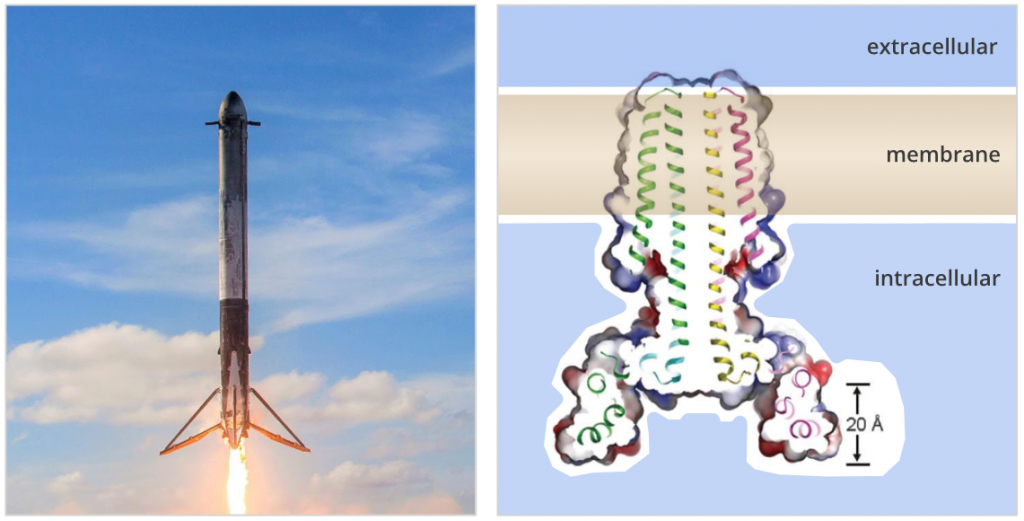
To obtain aph-1 cDNAs, total worm RNA was extracted from wild-type N2 worms by using Ultraspec (Biotecx Laboratories, Houston) and used with Moloney murine leukemia virus (M-MuLV) reverse transcriptase (New England Biolabs) and poly(T) oligomers to make cDNA. Sequence differences between mutant and wild-type fragments were verified on independent PCR products. Sequencing was performed by the University of Massachusetts Automated DNA Sequencing Facility. The sequence of aph-1 mutants was obtained by amplifying the 1.7-kb genomic region directly from single aph-1 homozygous worms (Advantage high-fidelity PCR kit, CLONTECH) and obtaining double-stranded sequence for the complete 1.7-kb fragment. A 1.7 kb rescuing genomic fragment, generated by PCR from the rescuing yeast artificial chromosome Y62H1, contained 163 bp of upstream untranslated sequence and 248 bp of downstream untranslated sequence this fragment rescued the embryonic lethality of aph-1(zu123) and aph-1(or28) as well as the egg-laying defect of aph-1(or28). Transformation rescue was analyzed in unc-29 aph-1(zu123)/ unc-13 lin-11 animals by using the transformation marker pRF4 ( 19). Anchor cells were scored in 元 worms by light microscopy. Sterile worms were found to contain sperm, a few undifferentiated germ cells, and very few or no mature oocytes. Worms were scored as egg laying defective if eggs developed inside the parent instead of being laid, or scored as sterile if no eggs were produced. Egg laying and sterility were scored on individual L4 worms monitored daily for 4–5 days. For quantification of embryo survival, individual homozygous mothers were allowed to lay 30–100 eggs, and the number of unhatched eggs was scored 15–25 h later. 18), anti-APH-2 affinity-purified polyclonal serum ( 6). The following antisera/markers were used: pharyngeal cells, mAb 3NB12 ( 9), hypodermal cell boundaries, jam-1∷ GFP fusion construct, jcIs1 ( 16), anti-APX-1 polyclonal serum ( 17), anti-GLP-1 affinity-purified polyclonal serum (kindly provided by S. These include GLP-1-mediated interactions that are required for germline proliferation and LIN-12-mediated interactions that are required for the development of the egg-laying system.Įmbryos were collected and prepared for microscopy as described ( 6). GLP-1 and a second receptor related to Notch called LIN-12 function in multiple cell interactions during subsequent embryonic and postembryonic development ( 2, 3). In contrast, removal of Notch pathway components, such as GLP-1, LAG-1, APH-2, or the two presenilin proteins SEL-12 and HOP-1, causes an Aph phenotype ( 6, 9– 12). Mutations in genes, such as pha-1 or pha-4, that control the differentiation of the various cell types within the pharynx affect the development of both the anterior and posterior halves of the pharynx ( 7, 8). Although the posterior half of the pharynx normally contains many of the same differentiated cell types as the anterior half, it develops through a pathway that is independent of Notch signaling. The 12-cell interaction is required for the development of the anterior half of the pharynx, and embryos defective in this interaction have an Aph (anterior pharynx defective) phenotype ( 6). Cell interactions at these stages are mediated by GLP-1, a receptor closely related to Drosophila Notch. elegans development occur during the 4-cell and 12-cell stages of embryogenesis. The first requirements for the Notch signaling pathway in C. The Caenorhabditis elegans orthologue of Nicastrin, APH-2, is essential for Notch signaling during early embryogenesis ( 6) however, the exact role of APH-2/Nicastrin is not known. Recent studies have shown that the human presenilins exist in a complex with a protein called Nicastrin ( 5).

The role of presenilins in processing of the Notch receptor is related to their role in processing amyloid precursor protein, the protein that accumulates in Alzheimer's disease patients.
#Multipass transmembrane protein free#
This fragment is then free to travel to the nucleus, where it influences transcriptional regulation ( 1– 3).

#Multipass transmembrane protein series#
In response to its ligand, Notch receptor undergoes a series of cleavage events culminating in a final presenilin-mediated intramembranous cleavage that releases the Notch intracellular domain ( 4). It is now clear that the presenilin proteins implicated in Alzheimer's disease in humans have a role in normal development in the Notch signaling pathway. Components of the Notch signaling pathway are highly conserved among vertebrates and invertebrates ( 1– 3). The Notch signaling pathway mediates a variety of cell interactions that control cell fate specification during metazoan development.


 0 kommentar(er)
0 kommentar(er)
